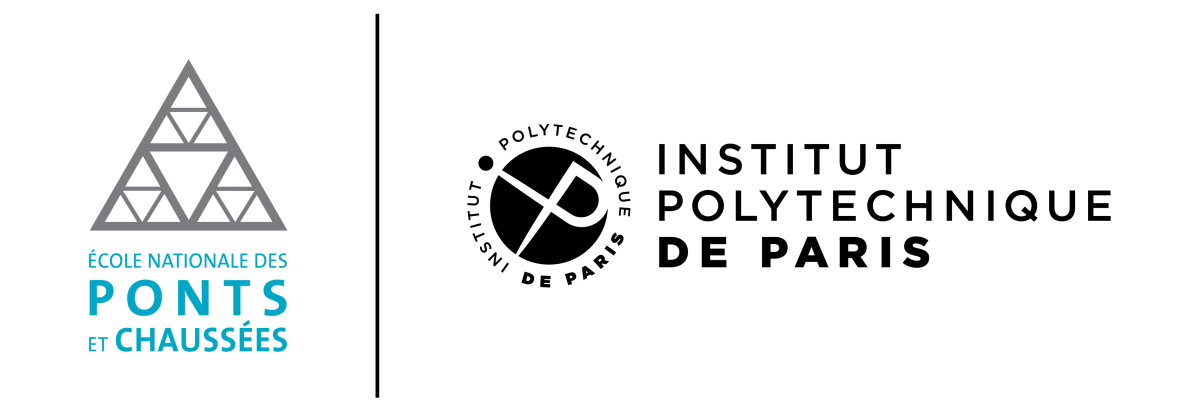Reconstruction of the autumn 2017 Ruthenium-106 atmospheric contamination source
In autumn 2017, small amounts of Ruthenium-106 of unknown origin were detected in Europe by several independent monitoring networks. To study the dispersion of this radionuclide, inverse modelling methods are applied to retrieve the location, time, duration and magnitude of the source. The inverse problem is solved within the Bayesian framework to yield a full reconstruction of the uncertainties. We first develop a classical Markov chain Monte Carlo (MCMC) method - the Metropolis Hastings (MH) algorithm - to reconstruct the source. However, the algorithm fails to converge in acceptable time because of local minima of the cost function, whose existence is due to a poor distribution of the observations. To overcome this obstacle, the parallel tempering algorithm, an enhanced MCMC method, is assessed and applied to the Ruthenium dispersion event. The convergence of the algorithm is studied and keys to implement and accelerate it are provided. The probability distribution functions of the variables associated with the source and the observation errors are obtained: they point to an area in south Ural and a total release of several hundreds of TBq on the 26th of September 2017. The results are compared and proven to be consistent with other estimates. Moreover, the method converges fast enough to make it suitable for operational use.
The paper, entitled MCMC methods applied to the reconstruction of the autumn 2017 Ruthenium-106 atmospheric contamination source, is published in Atmospheric Environment: X.



